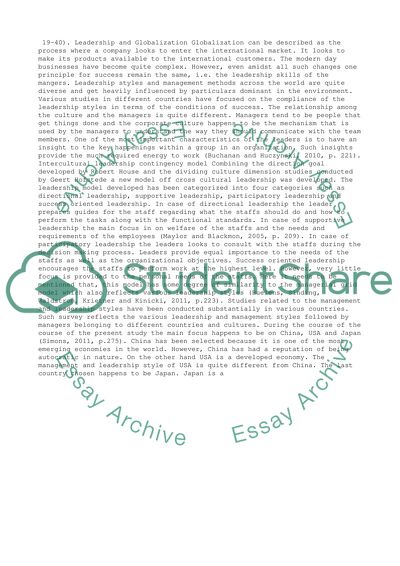Cite this document
(“Cross culture literature review Example | Topics and Well Written Essays - 1500 words”, n.d.)
Retrieved from https://studentshare.org/management/1480940-cross-culture-literature-review
Retrieved from https://studentshare.org/management/1480940-cross-culture-literature-review
(Cross Culture Literature Review Example | Topics and Well Written Essays - 1500 Words)
https://studentshare.org/management/1480940-cross-culture-literature-review.
https://studentshare.org/management/1480940-cross-culture-literature-review.
“Cross Culture Literature Review Example | Topics and Well Written Essays - 1500 Words”, n.d. https://studentshare.org/management/1480940-cross-culture-literature-review.


